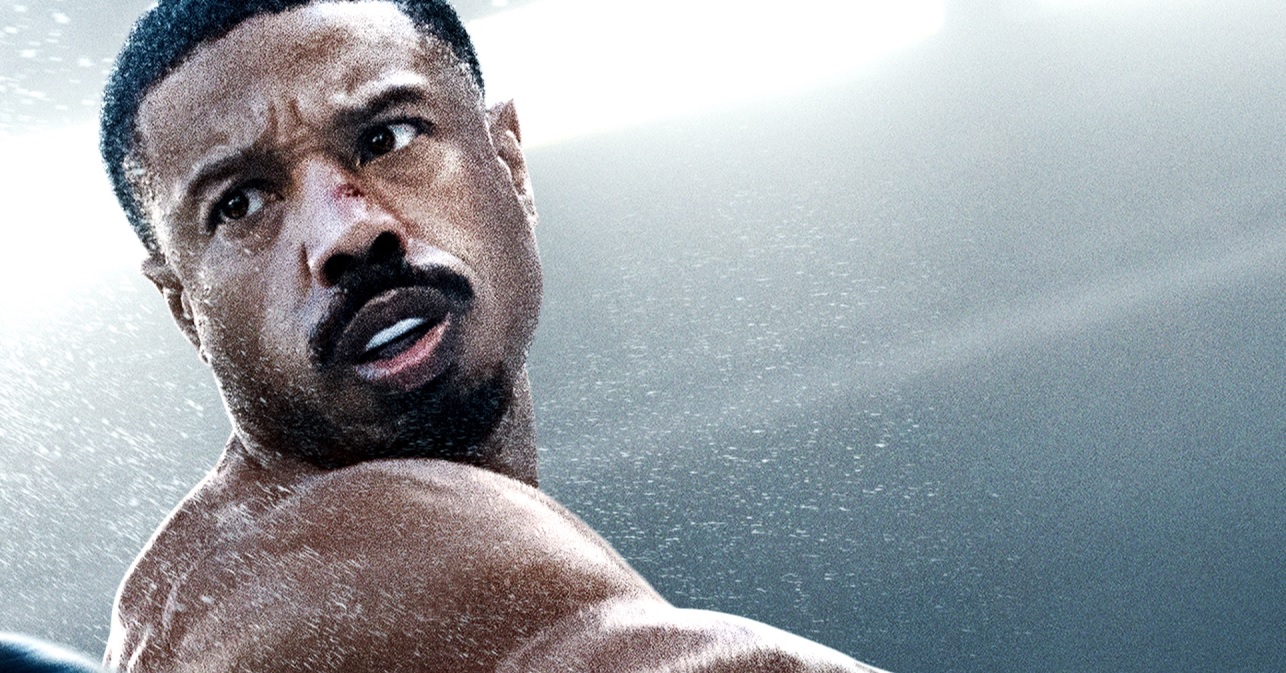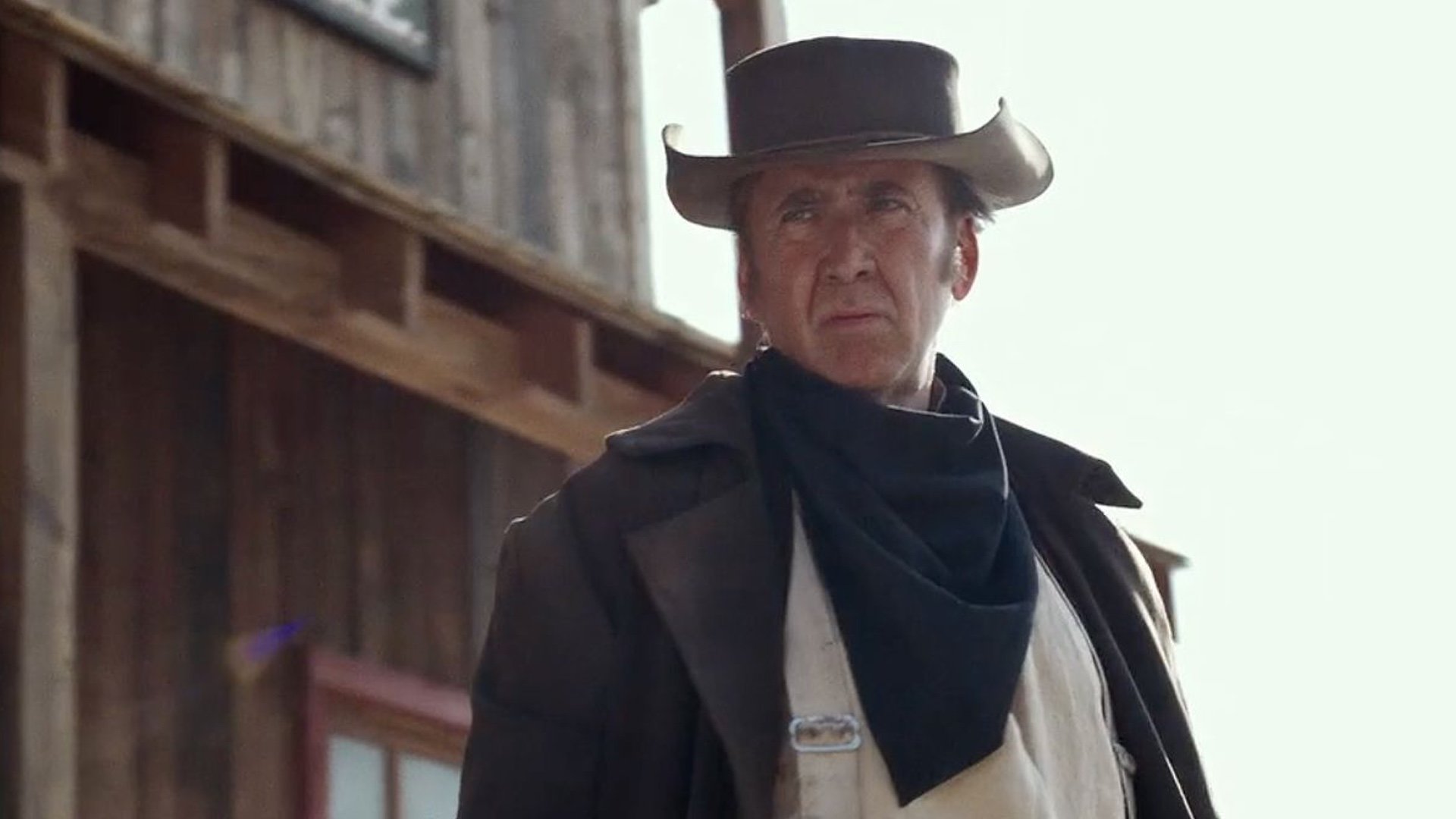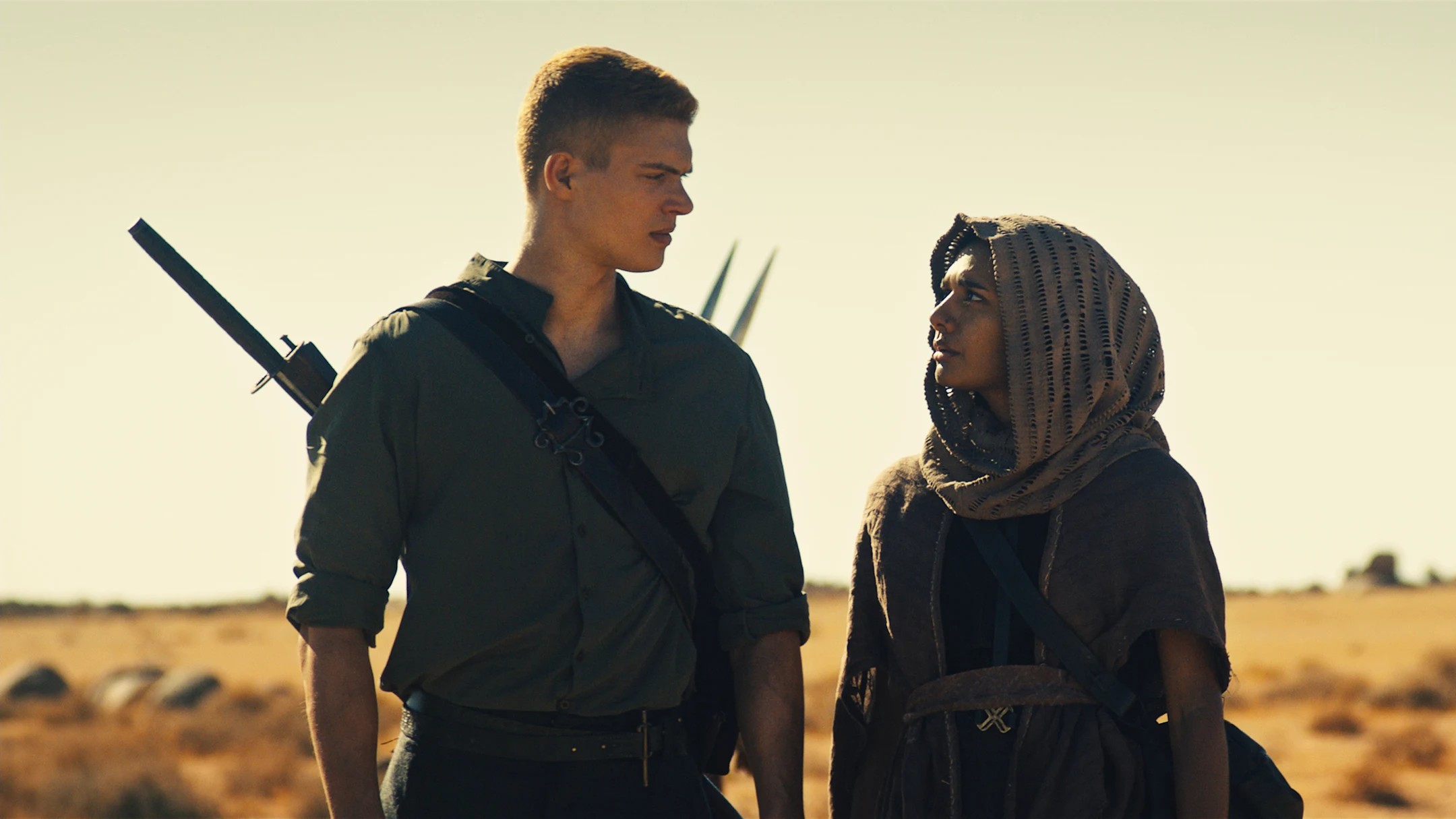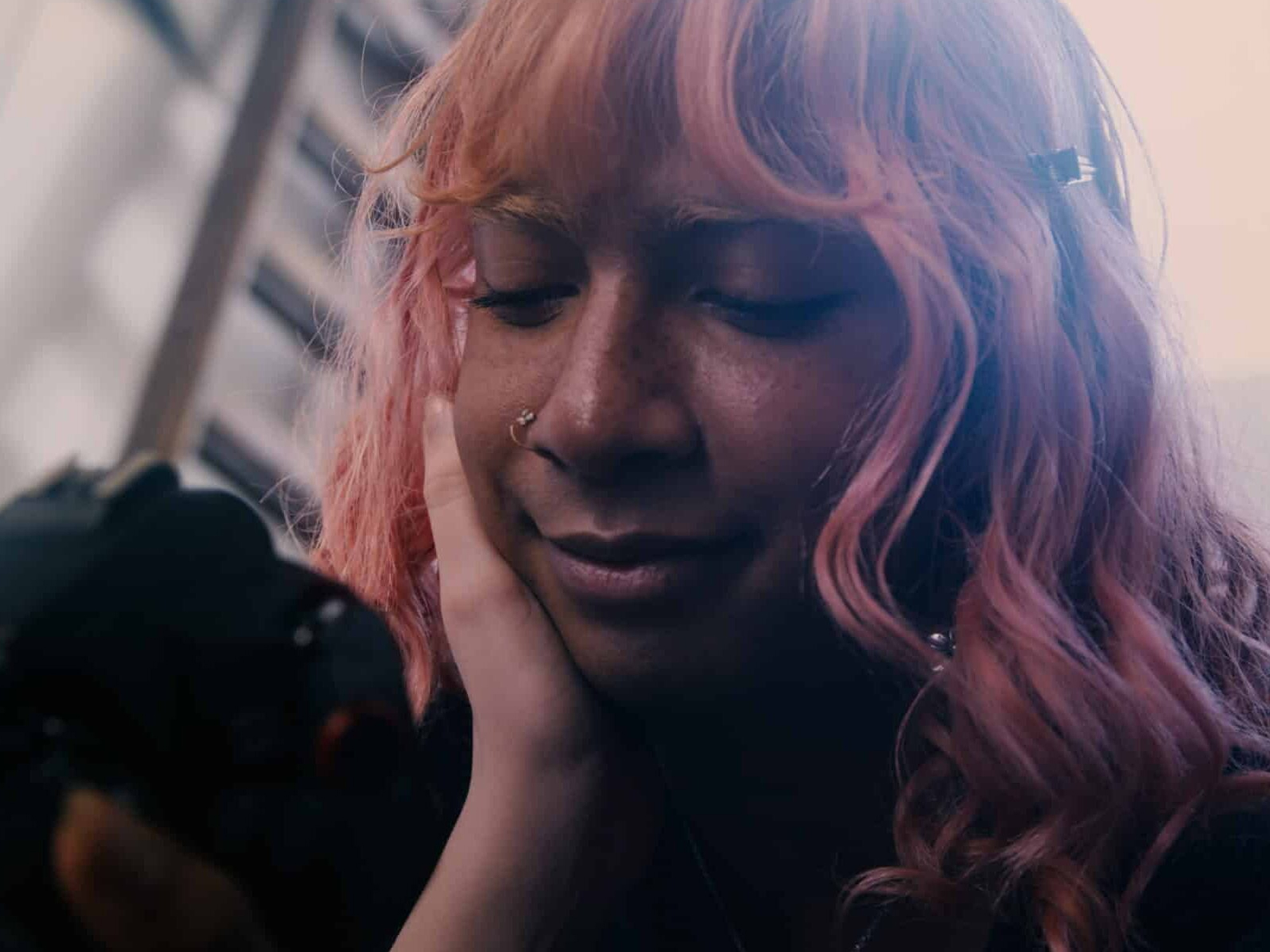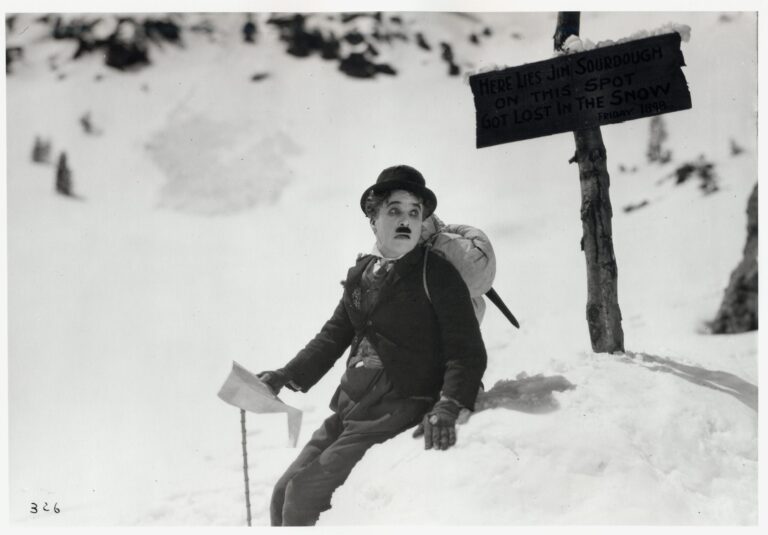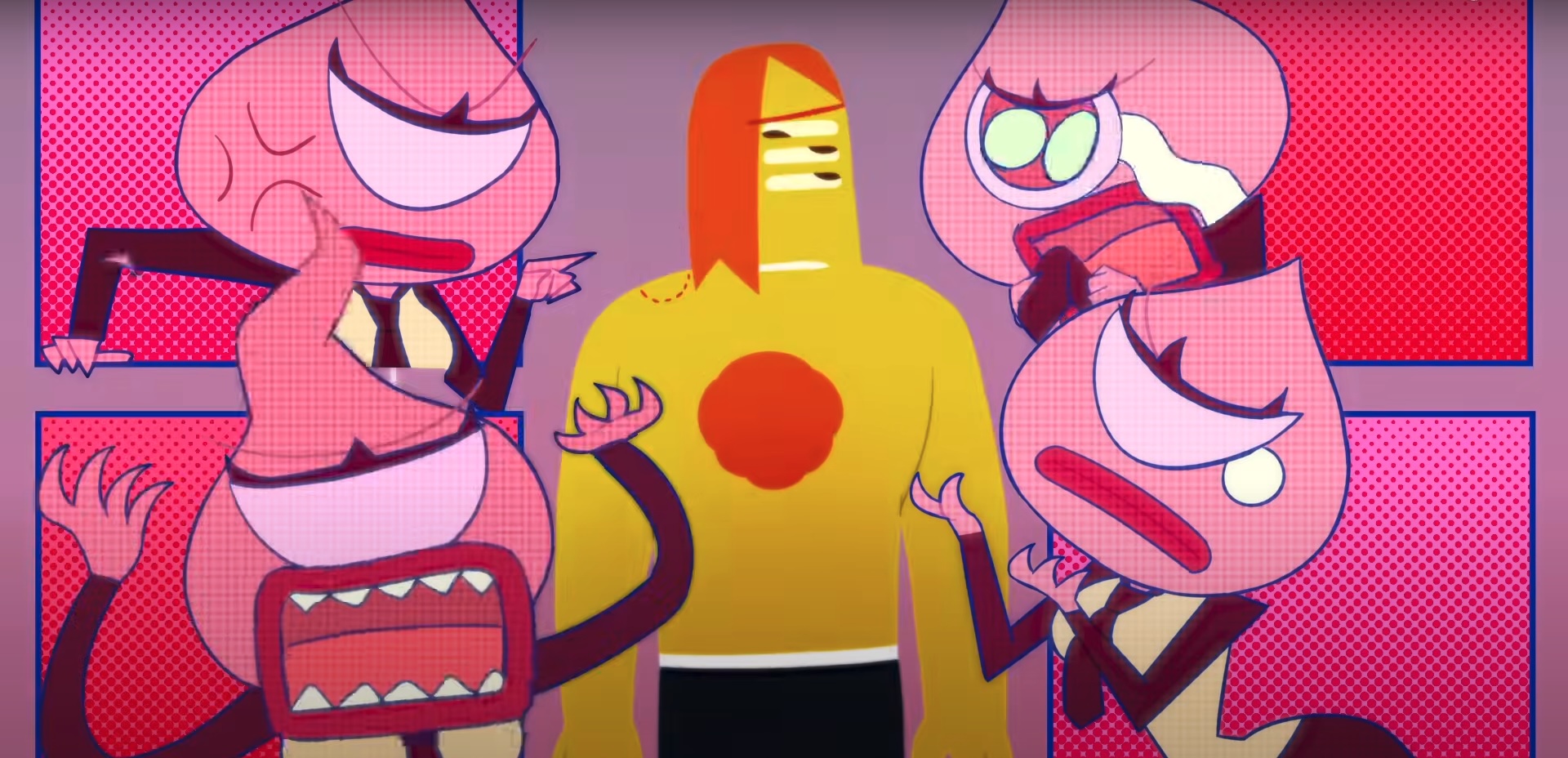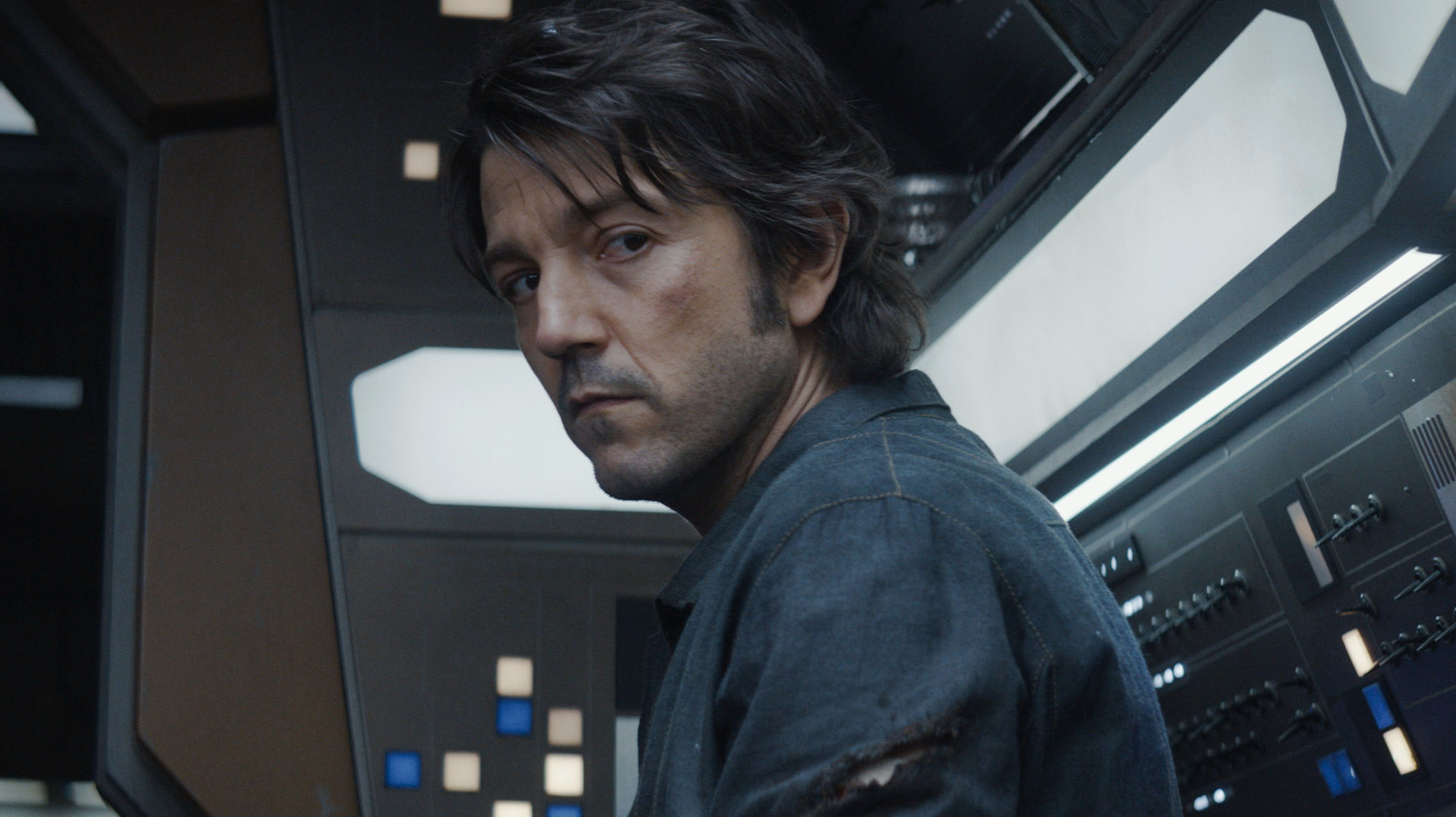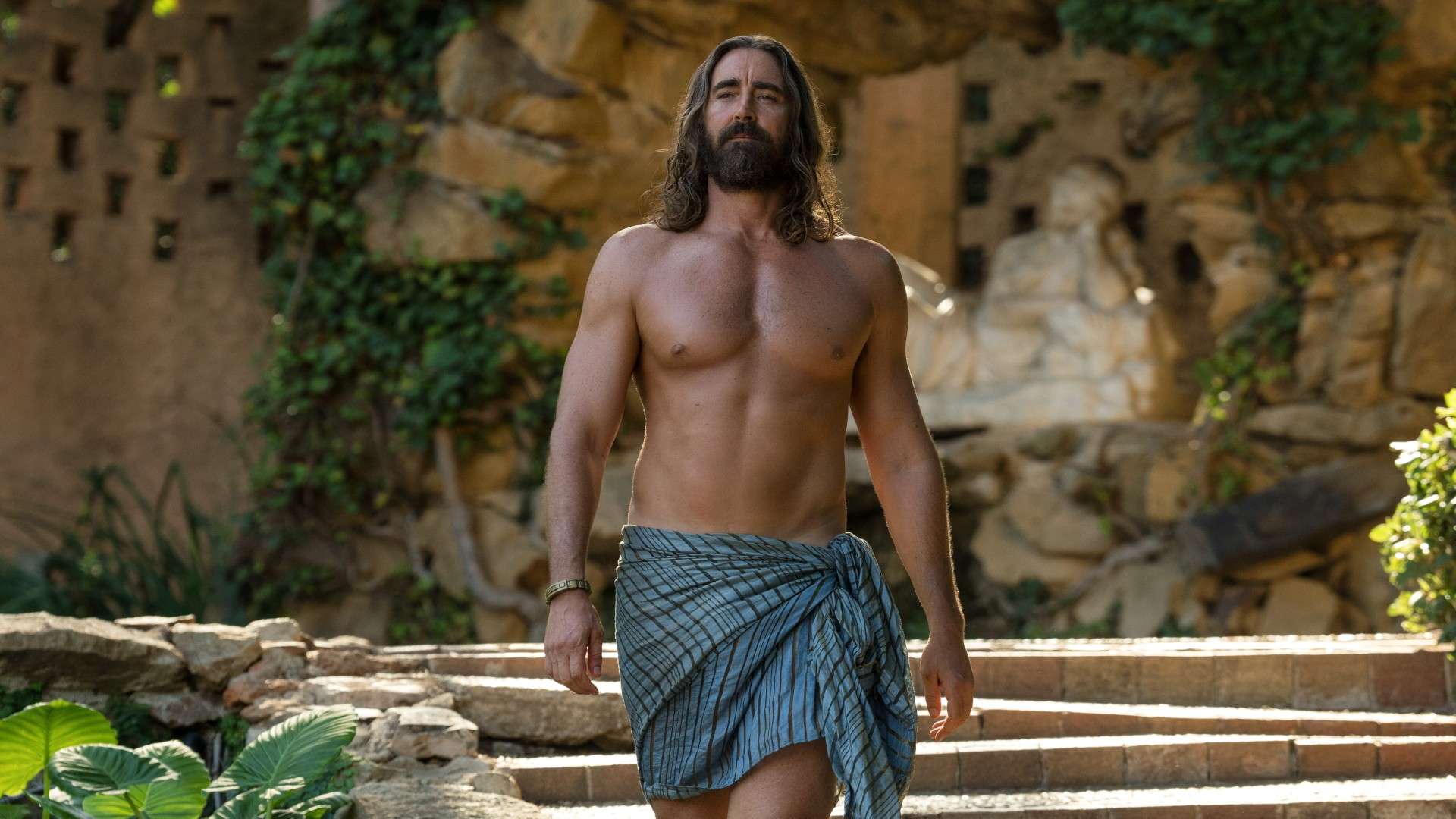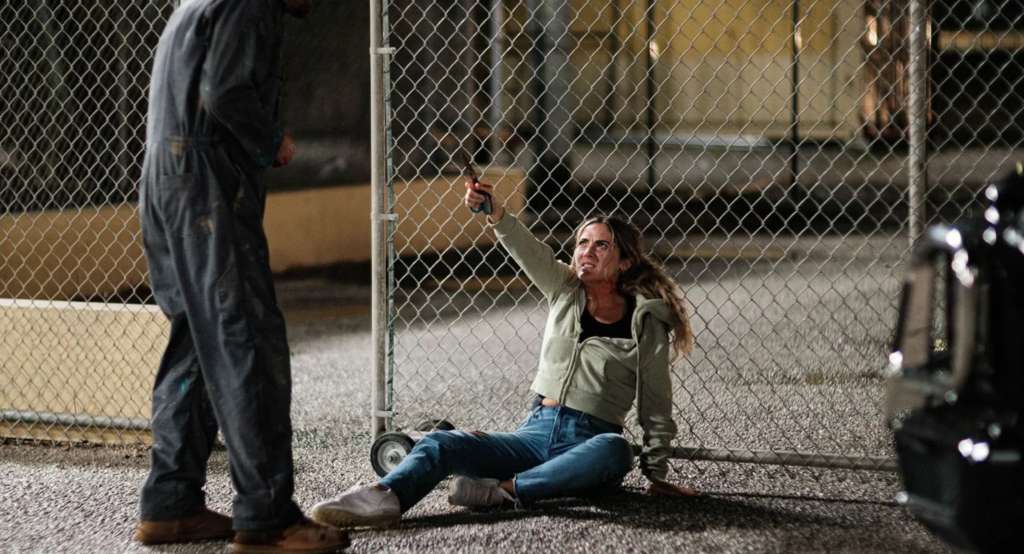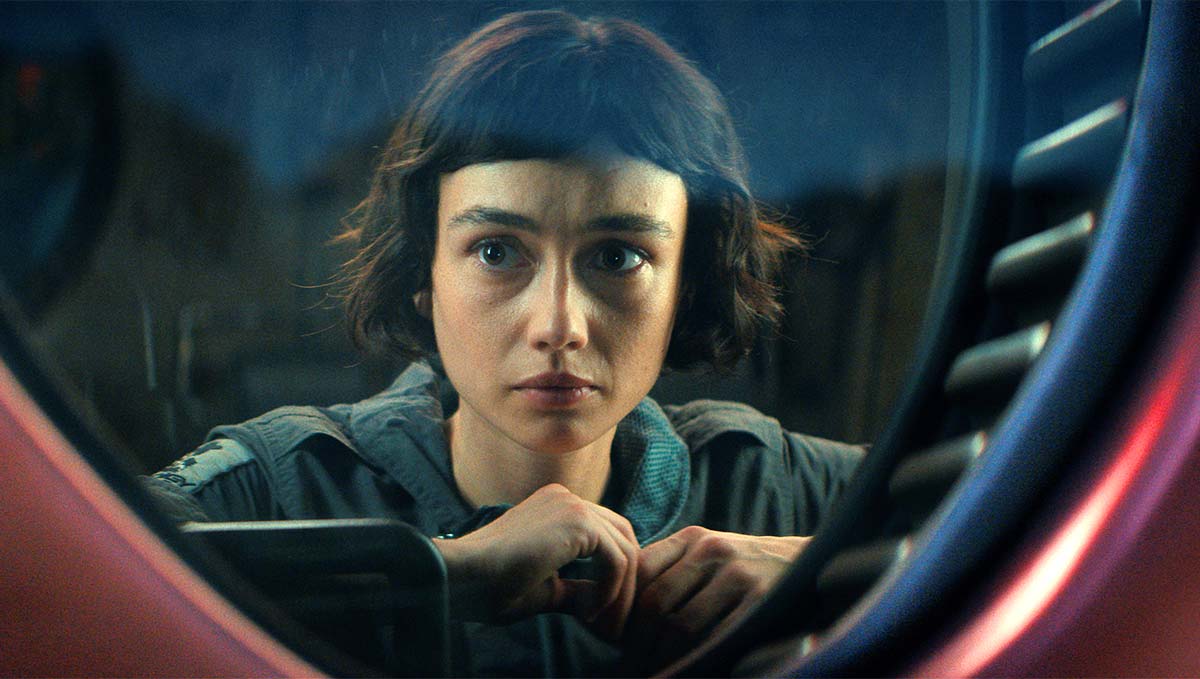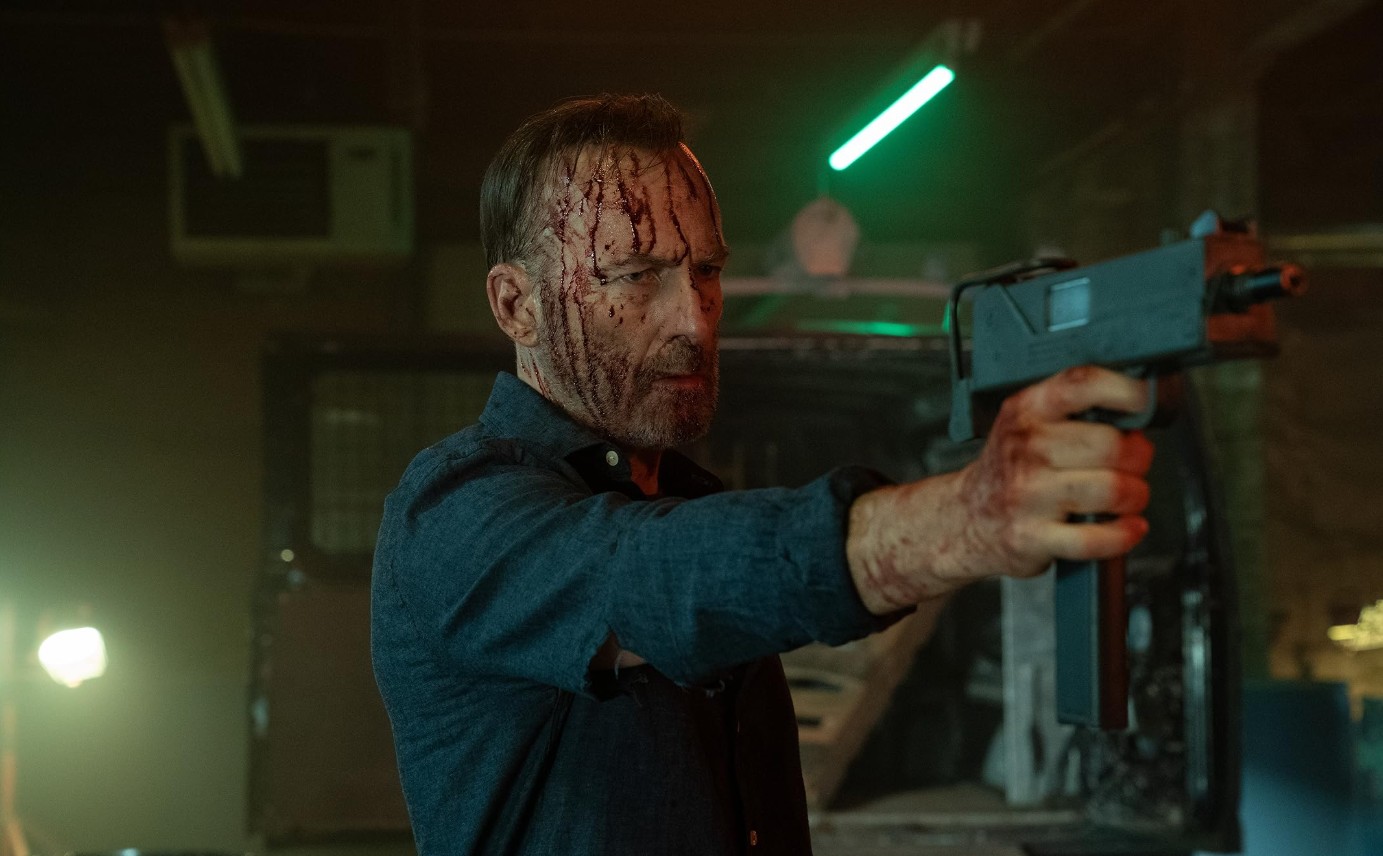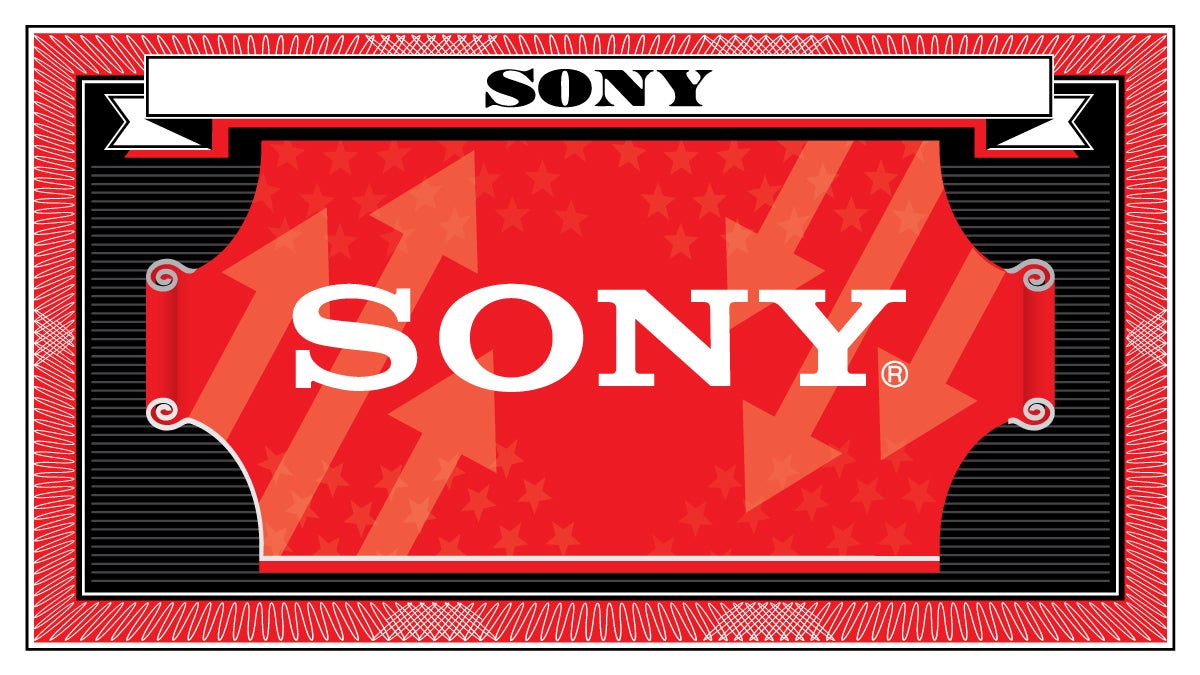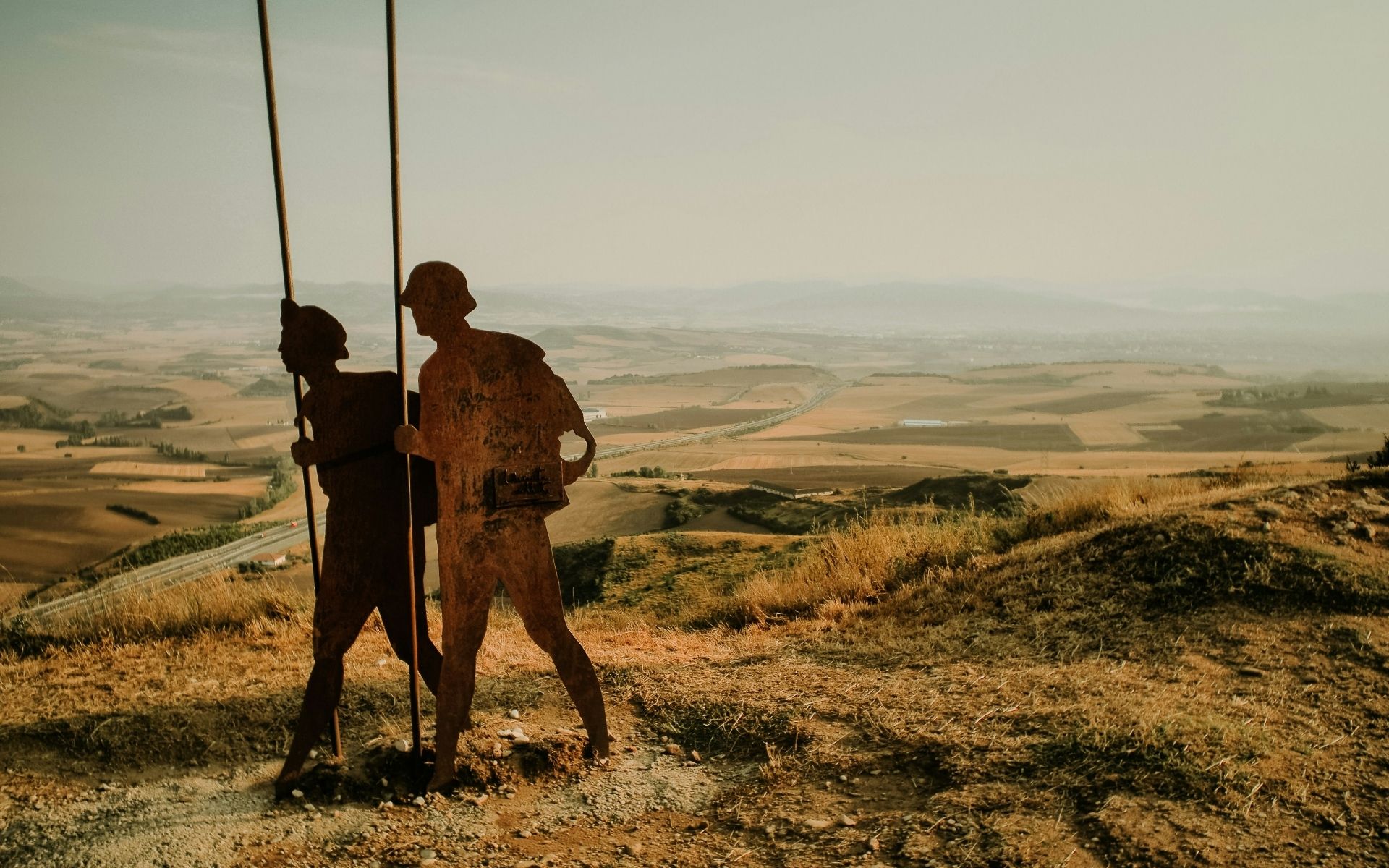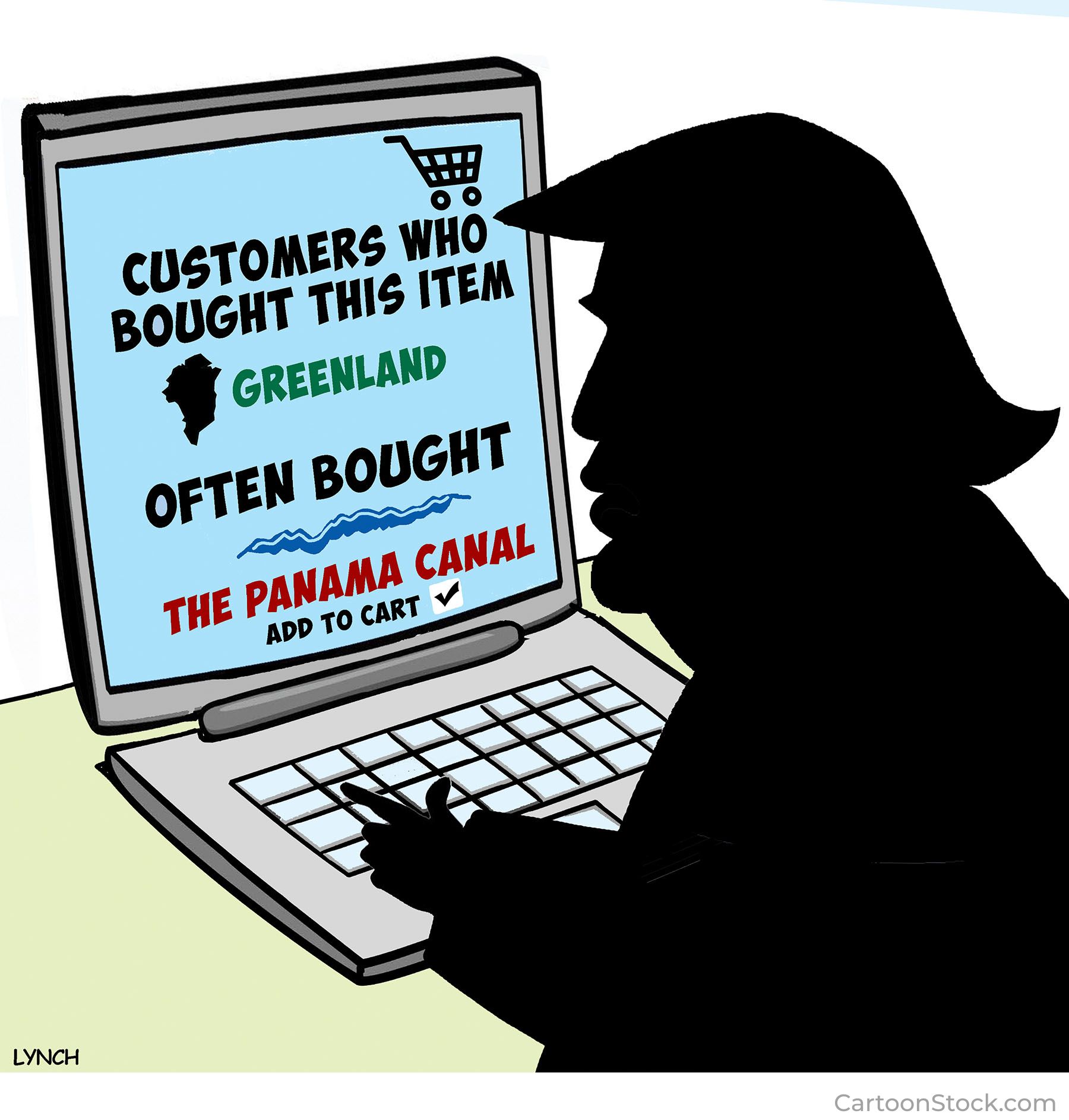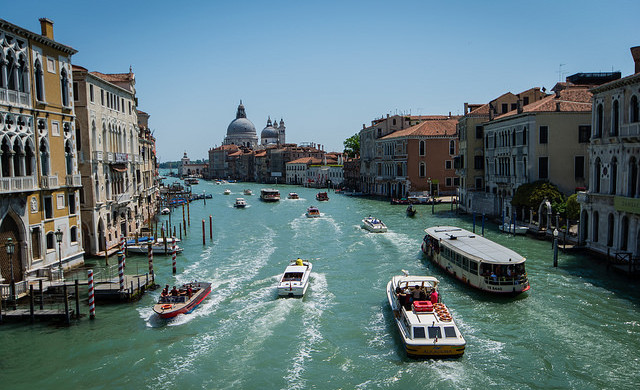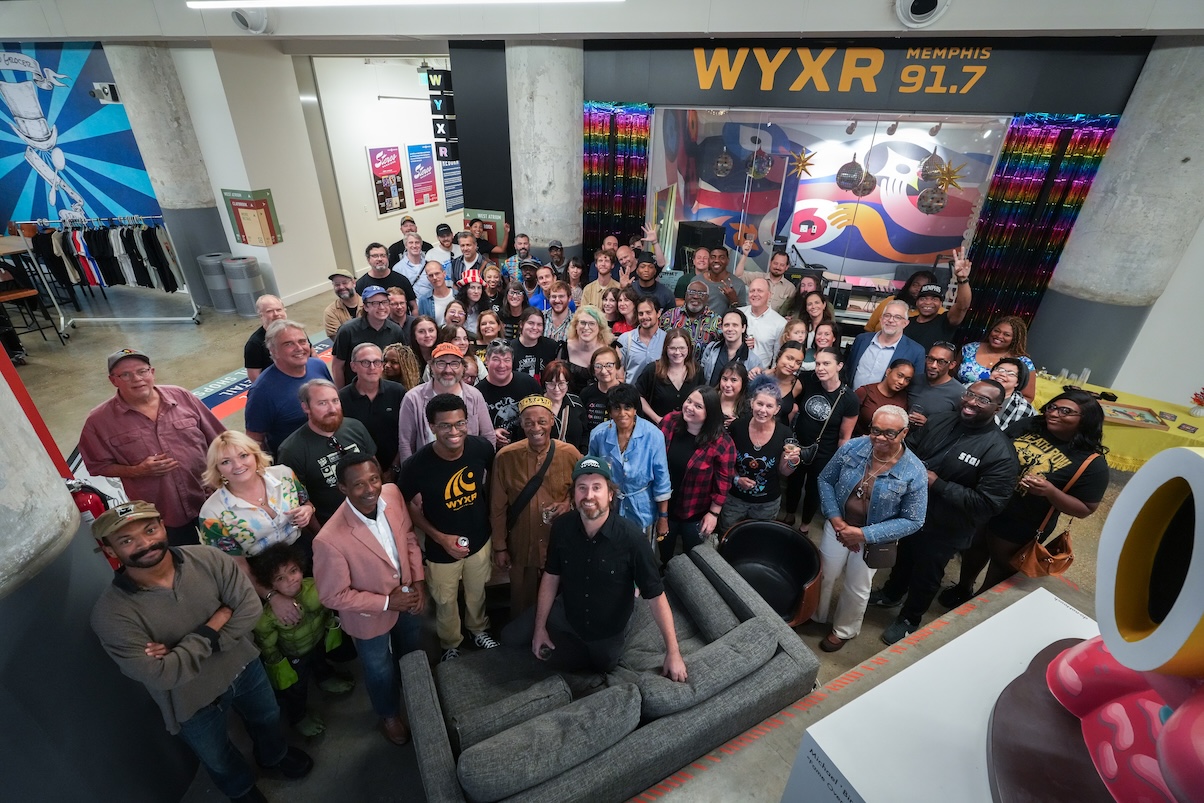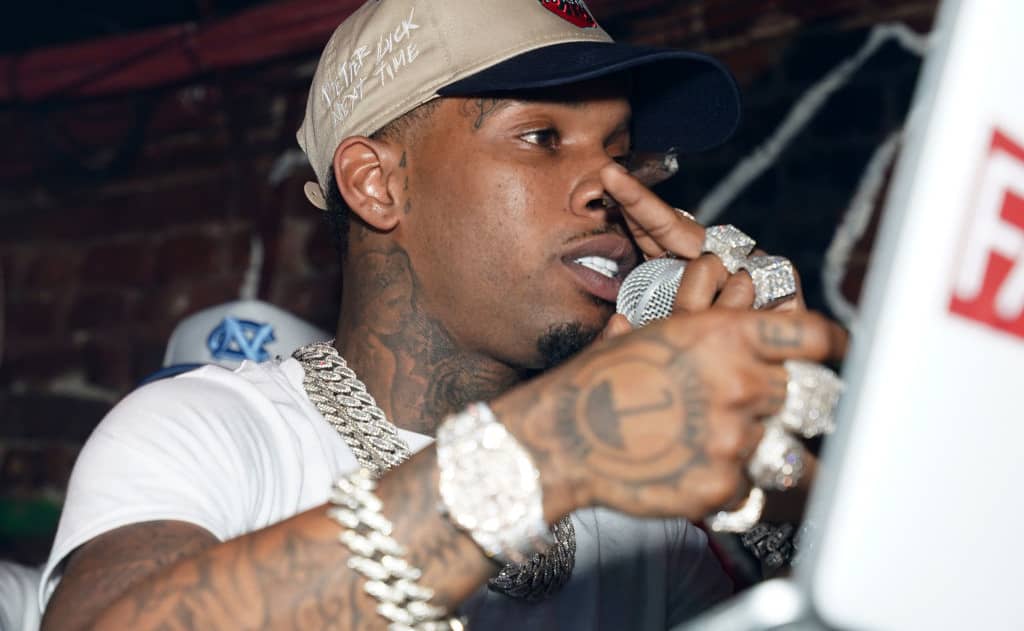What is an Indie Film?
In an era of algorithmic blockbusters, indie films remain cinema's true rebellion. They prove that what's "unmarketable" often resonates most deeply.Time and again, audiences never fail to appreciate a good story made right—it doesn’t matter if it has a studio label on it or not. With their gritty realism and offbeat perspectives, indie filmmakers keep the rest of the industry guessing.Do you want to work in indie film? You should probably know its background and how it works. In this article, we will discuss the definition, origin, and impact of indie films on Hollywood. As Sean Baker recently said at the Oscars, “Long live independent film.”What Is an Independent Film?Any film made and distributed independently of any major studio can be labelled an independent film or indie film.Indie films are not restricted to any genre—they just need to be created outside the canopy of major studios. This doesn’t mean you can’t cast top-rated actors and celebrities in your independent film. Most of the time, indie films have such striking concepts that when pitched to a top actor, they readily collaborate. 'Bottle Rocket' Credit: Sony Origin of Indie FilmsDid you know that Hollywood as we know it might never have existed without a little corporate drama back in 1908? That's when the infamous "Edison Trust" was born. Officially called the Motion Picture Patents Company (MPPC), this was a powerful alliance of 10 major film entities: Edison, Biograph, Vitagraph, Essanay, Selig Polyscope, Lubin, Kalem, Pathé, Méliès, and the distribution company George Kleine.The establishment of United Artists in 1919 by stalwarts like Douglas Fairbanks, Charlie Chaplin, and Mary Pickford marked the birth of independent films. Since then, each time power and money have tried to trample creativity, artists have retaliated with independent films, emerging victorious every time.Features of an Indie FilmAn indie film has the following characteristics:Independent FundingIndie films often depend on grants, crowdfunding, and self-funding to be produced. Outside the oversight of any big studio, independent filmmakers often manage the better parts of the financial aspects of their films on their own.Limited Crew and EquipmentOwing to budget constraints, indie films are often produced with a small crew and affordable equipment. Filmmakers usually reach out to other creatives for collaborations, and even locations are bartered more often than not. That being said, what appears to be the biggest struggle in independent filmmaking often turns out to be the lesson of a lifetime. With limited resources, the crew fends for the film with creativity and innovation.Creative FreedomOutside the spread of major studios, a filmmaker gets creative freedom while making an independent film. Except for the audience, the filmmaker is accountable to no one for their choice of story, narrative, and visuals.Niche StoriesIndependent filmmakers often present offbeat stories that resonate with real-life experiences and objectives. 'El Mariachi' Credit: Columbia Pictures Why Are Independent Films Important?Indie films are important... why? The beauty of art lies in its diversity and freedom of expression. When curbed by power and money, it’s at risk. As artists, it is our duty to keep our purpose alive. Indie films are how filmmakers break the shackles of limitations, exploitation, regulations, and censorship imposed on them in the name of administration and organization. Here’s why independent films must be supported:They Open Doors for Emerging ArtistsIndependent films enable emerging talents to showcase their art. With no approvals and little supervision, everyone is welcome to create and collaborate. Independent films create equality in opportunity. They Promote DiversityIndependent filmmaking is all about inclusion. By including everyone with a passion for visual storytelling, indie film circuits boost diversity in cinema. They Offer More Freedom of ExpressionWhile mainstream cinema is steadily reduced to a formula, indie filmmaking is all about exploring something new. Independent films often run freely and unencumbered. Without the restrictions of big studios, indie filmmaking is all about embracing unlimited freedom with conscious responsibility. They Breed CultureUnlike mainstream cinema, indie filmmaking often transcends trends and fads. Indie stories highlight different points of view and backgrounds. Thus, indie films greatly contribute to preserving culture and heritage. They Mold Audiences’ Taste PositivelyWith mainstream cinema limiting the creative horizons and intellect of the audience at large by regulating entertainment, independent films keep challenging the audience by presenting stories with innovative concepts and perspectives. 'Anora' CREDIT: Neon Future Of Independent FilmsWith the success of independent films worldwide, their prospects are golden. Here’s what we can expect for them in the future:Increased Financial Su


In an era of algorithmic blockbusters, indie films remain cinema's true rebellion. They prove that what's "unmarketable" often resonates most deeply.
Time and again, audiences never fail to appreciate a good story made right—it doesn’t matter if it has a studio label on it or not. With their gritty realism and offbeat perspectives, indie filmmakers keep the rest of the industry guessing.
Do you want to work in indie film? You should probably know its background and how it works. In this article, we will discuss the definition, origin, and impact of indie films on Hollywood.
As Sean Baker recently said at the Oscars, “Long live independent film.”
What Is an Independent Film?
Any film made and distributed independently of any major studio can be labelled an independent film or indie film.
Indie films are not restricted to any genre—they just need to be created outside the canopy of major studios. This doesn’t mean you can’t cast top-rated actors and celebrities in your independent film. Most of the time, indie films have such striking concepts that when pitched to a top actor, they readily collaborate.
 'Bottle Rocket'
Credit: Sony
'Bottle Rocket'
Credit: Sony
Origin of Indie Films
Did you know that Hollywood as we know it might never have existed without a little corporate drama back in 1908? That's when the infamous "Edison Trust" was born. Officially called the Motion Picture Patents Company (MPPC), this was a powerful alliance of 10 major film entities: Edison, Biograph, Vitagraph, Essanay, Selig Polyscope, Lubin, Kalem, Pathé, Méliès, and the distribution company George Kleine.
The establishment of United Artists in 1919 by stalwarts like Douglas Fairbanks, Charlie Chaplin, and Mary Pickford marked the birth of independent films. Since then, each time power and money have tried to trample creativity, artists have retaliated with independent films, emerging victorious every time.
Features of an Indie Film
An indie film has the following characteristics:
Independent Funding
Indie films often depend on grants, crowdfunding, and self-funding to be produced. Outside the oversight of any big studio, independent filmmakers often manage the better parts of the financial aspects of their films on their own.
Limited Crew and Equipment
Owing to budget constraints, indie films are often produced with a small crew and affordable equipment. Filmmakers usually reach out to other creatives for collaborations, and even locations are bartered more often than not.
That being said, what appears to be the biggest struggle in independent filmmaking often turns out to be the lesson of a lifetime. With limited resources, the crew fends for the film with creativity and innovation.
Creative Freedom
Outside the spread of major studios, a filmmaker gets creative freedom while making an independent film. Except for the audience, the filmmaker is accountable to no one for their choice of story, narrative, and visuals.
Niche Stories
Independent filmmakers often present offbeat stories that resonate with real-life experiences and objectives.
 'El Mariachi'
Credit: Columbia Pictures
'El Mariachi'
Credit: Columbia Pictures
Why Are Independent Films Important?
Indie films are important... why? The beauty of art lies in its diversity and freedom of expression. When curbed by power and money, it’s at risk.
As artists, it is our duty to keep our purpose alive. Indie films are how filmmakers break the shackles of limitations, exploitation, regulations, and censorship imposed on them in the name of administration and organization.
Here’s why independent films must be supported:
They Open Doors for Emerging Artists
Independent films enable emerging talents to showcase their art. With no approvals and little supervision, everyone is welcome to create and collaborate. Independent films create equality in opportunity.
They Promote Diversity
Independent filmmaking is all about inclusion. By including everyone with a passion for visual storytelling, indie film circuits boost diversity in cinema.
They Offer More Freedom of Expression
While mainstream cinema is steadily reduced to a formula, indie filmmaking is all about exploring something new. Independent films often run freely and unencumbered. Without the restrictions of big studios, indie filmmaking is all about embracing unlimited freedom with conscious responsibility.
They Breed Culture
Unlike mainstream cinema, indie filmmaking often transcends trends and fads. Indie stories highlight different points of view and backgrounds. Thus, indie films greatly contribute to preserving culture and heritage.
They Mold Audiences’ Taste Positively
With mainstream cinema limiting the creative horizons and intellect of the audience at large by regulating entertainment, independent films keep challenging the audience by presenting stories with innovative concepts and perspectives.
 'Anora'
CREDIT: Neon
'Anora'
CREDIT: Neon
Future Of Independent Films
With the success of independent films worldwide, their prospects are golden. Here’s what we can expect for them in the future:
Increased Financial Support by Independent Investors and Producers
The number of investors interested in independent films has grown significantly in recent years. Social media has revolutionized marketing and distribution, dramatically reducing costs while connecting filmmakers with audiences willing to explore beyond mainstream content. Here are five tips on how to use social media as a filmmaker.
Increased Distribution and Recognition
Distribution has undergone a fundamental transformation. Previously controlled by gatekeepers like major theater chains and distributors, indie films often relied solely on film festivals for exposure. Today, platforms like YouTube, TikTok, and streaming services (OTTs) provide direct paths to audiences, creating a more equitable landscape for independent creators.
Expansion of Resources Due to the Fast-Track Development of AI
The rapid development of artificial intelligence is reshaping production possibilities. While debates continue about AI's impact on creativity, it has undeniably made filmmaking more accessible by reducing production costs and enabling new forms of visual storytelling.
Increased Return on Investment and Reduced Stakes
With streamlined distribution and more cost-effective marketing options, independent films can now compete more confidently in the marketplace, significantly reducing financial risks.
Increased Collaboration with Mainstream Cinema as Studios Seek Niche Content
Major studios are increasingly partnering with independent filmmakers as they recognize audience demand for fresh, innovative storytelling. This trend is evident in films like Shiva Baby (Emma Seligman), Between the Temples (Nathan Silver), Kill Boksoon (Byun Sung-hyun), and Past Lives (Celine Song). These were all indie productions that found success on platforms like Netflix and Prime Video.
 'Shiva Baby'Credit: Utopia/Pacific Northwest Pictures
'Shiva Baby'Credit: Utopia/Pacific Northwest Pictures
Where To Start As An Indie Filmmaker
Indie filmmaking has only become easier with time. With the boom of social media and online distribution channels like YouTube, you now have access to free distribution and can reach global audiences from your bedroom.
Phone filmmaking has also gained significant popularity as it has only made indie filmmaking more accessible and affordable. If you’re planning to make your independent film, there’s no better time than this.
Making an indie film is not only an opportunity to learn from your mistakes but also to build your portfolio. If your ultimate dream is to direct for a major studio, it is your indie film directorial portfolio that comes in most handy.
Here’s how to get started:
1. Write a script
It doesn’t matter if it is two minutes or two hours long. But considering you’re starting out, keep it short and sweet. The longer the film, the bigger the spread during production. While indie filmmaking allows you to experiment without creative restrictions, always keep your script streamlined to the resources that you can manage.
2. Whip up a budget and pitch deck for your script
If you’re planning to get an independent investor on board, you must have a budget and a pitch deck ready for presentation. The synopsis of your film is the main hook for anybody—something that would make them want to read your script. So be spot on with your synopsis–include all the emotional high points and let the lesser important details go.
At the meeting, present freely and with conviction. Talk about the financial aspects of the film after narration, and feel free to compare successful films that match your genre and treatment–this helps build trust. Always remember, be it crowdfunding or a pitch meeting with a big studio, they’re investing in you as much as they’re investing in the story. If they aren’t confident in you, even a good script might fall short.
3. Reach out to assemble your crew
Making an indie film demands a lot of passion, patience, and dependability within the crew, especially because crew members will probably be wearing multiple hats. Reach out to talented and trusted friends who are as crazy and one-track-minded as you are. You can put a post on social media, connect with budding professionals on LinkedIn, and even try to network with people one-on-one.
 Credit: ppengcreative/iStock
Credit: ppengcreative/iStock
4. Plan distribution beforehand
Selling the film successfully and ensuring that it reaches its intended audience is elemental, be it indie or commercial film. Distribution is where indie films tend to be defeated by mainstream cinema. Therefore, a plan of action should be created after the film is ready.
5. Prep well and shoot strategically
Plan diligently and shoot with a strategy to optimize your resources. Account for equipment and gear well before time—DIYing some gear can keep your budget in check. For instance, using polystyrene sheets as light cutters or using inexpensive LEDs for lighting.
Some Iconic Indie Films
Making an indie film can feel like a lot. For those times when you’re spiralling in self-doubt, watch the following films for inspiration:
- Reservoir Dogs
- Pulp Fiction
- Clerks
- The Blair Witch Project
- Paranormal Activity
- Whiplash
- Parasite
- Get Out
- Moonlight
- Eraserhead
- Juno
- Lost in Translation
- Donnie Darko
- Blue Valentine
- The Farewell
- Frances Ha
- Lady Bird
- Primer
- Before Sunrise
- A Ghost Story
- Beasts of the Southern Wild
- Room
- Memento
- Bottle Rocket
- Dogtooth
- The Rider
- CODA
- Fruitvale Station
- Frozen River
- Tangerine
Whether you're a seasoned filmmaker or just starting, indie films can be your playground to experiment and learn as you create. They’re your space to show your art!
My love for indie films is evident. What are your favourite indie films?





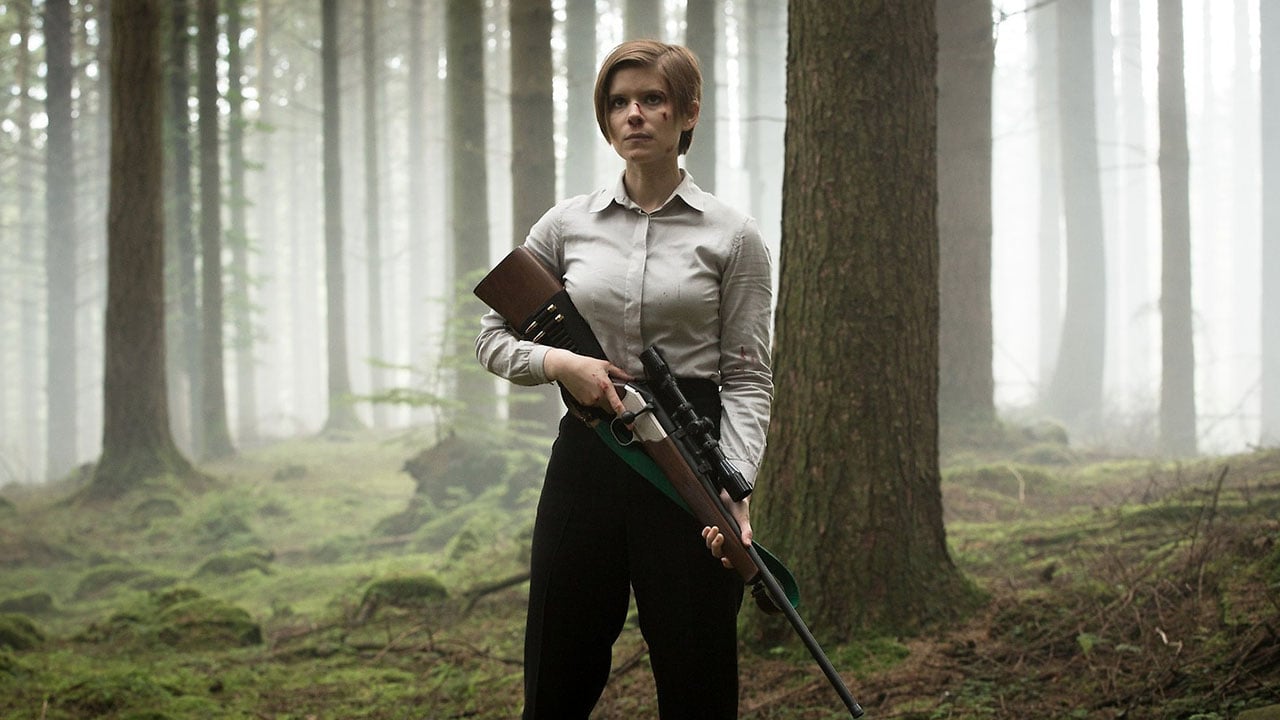

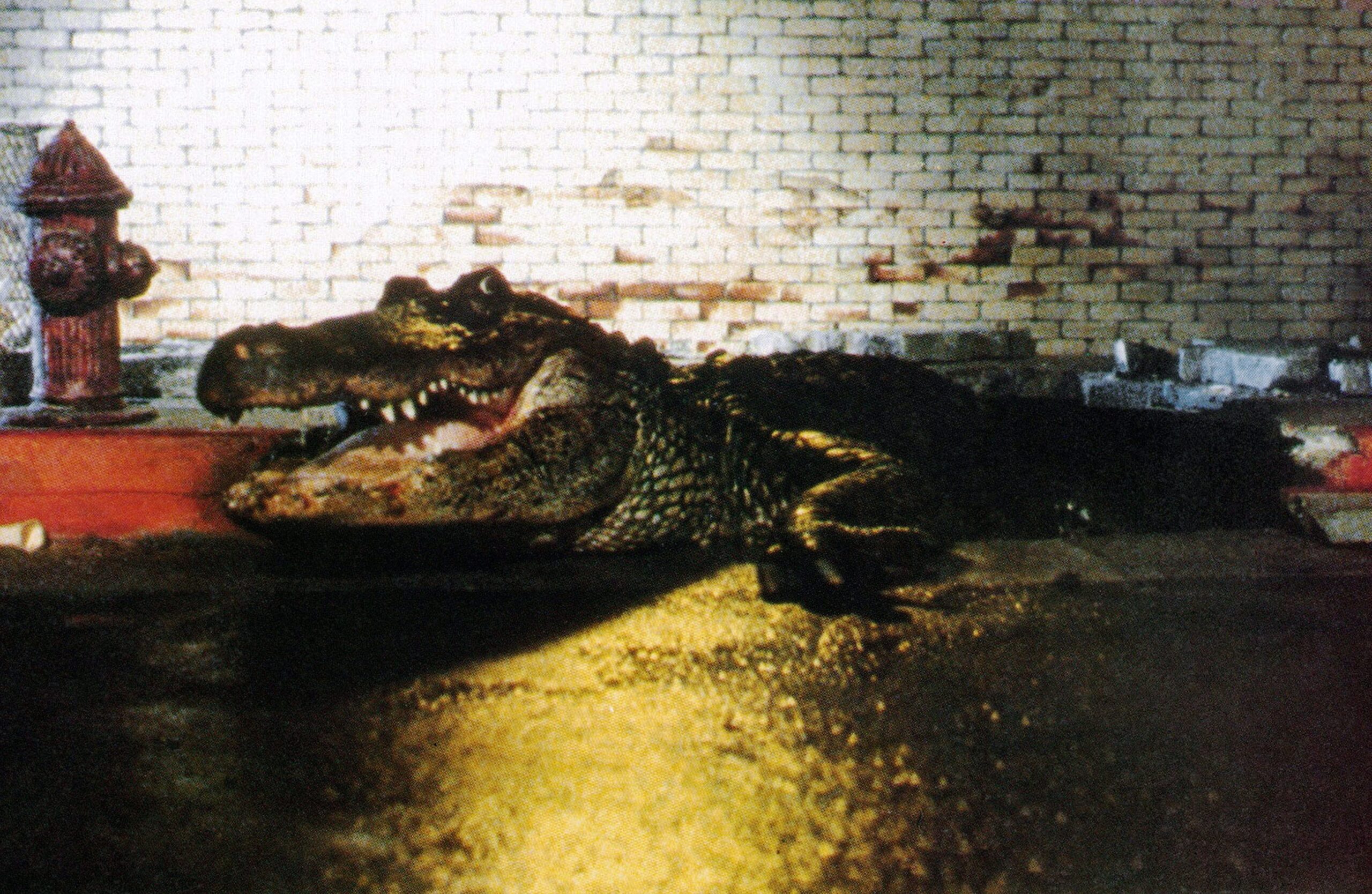













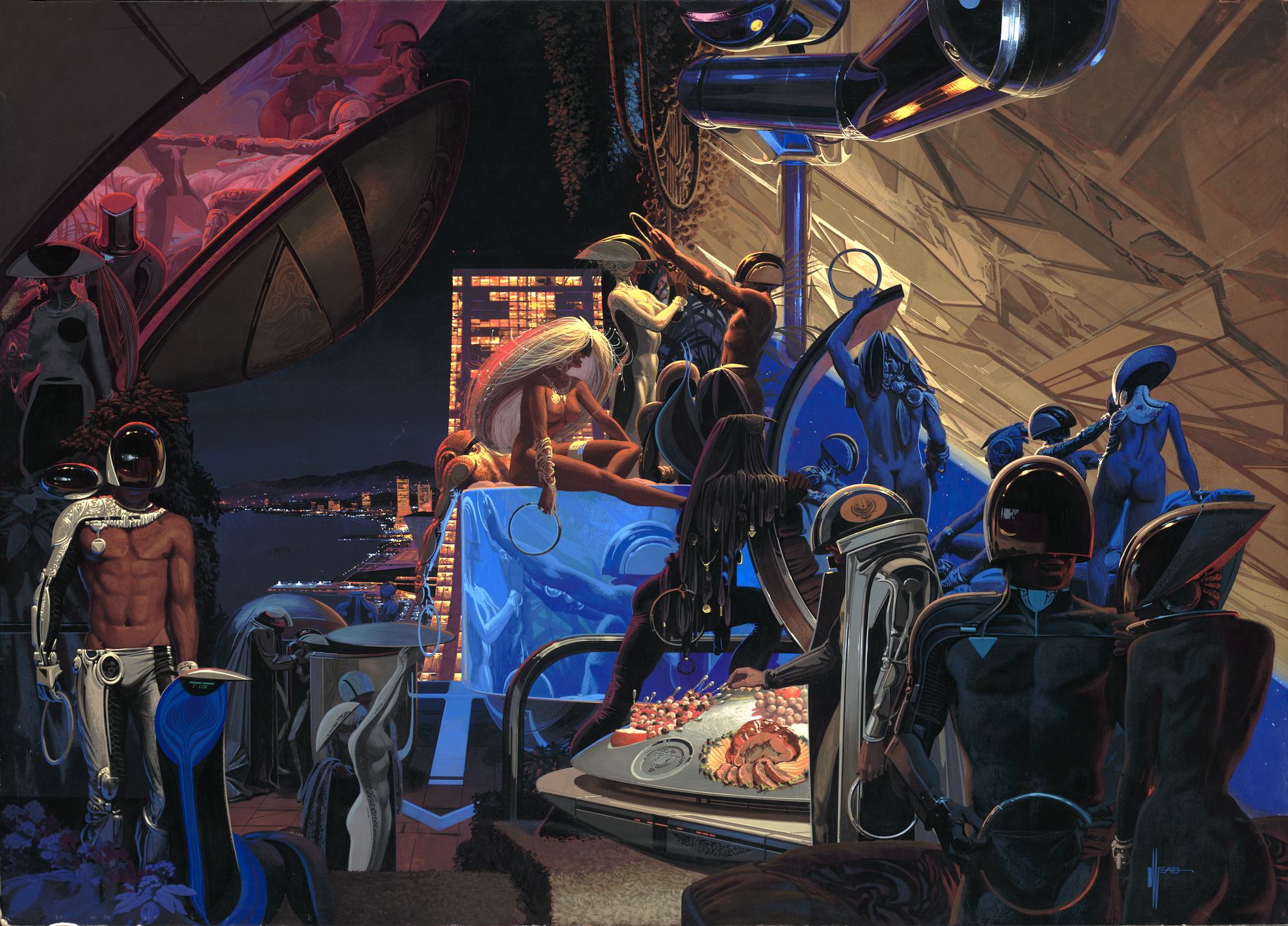





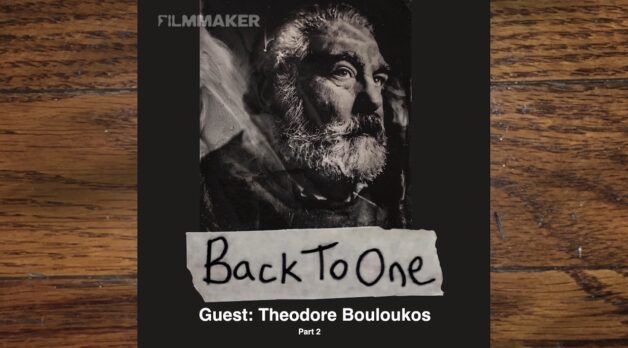

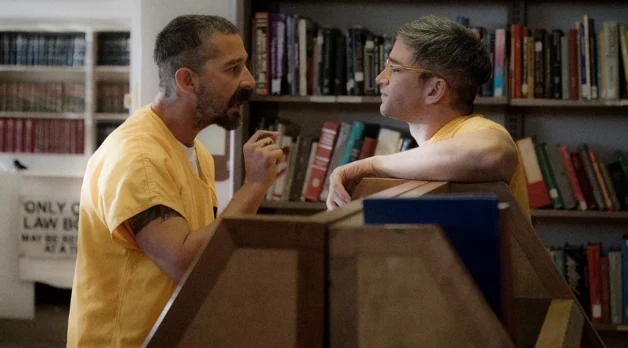











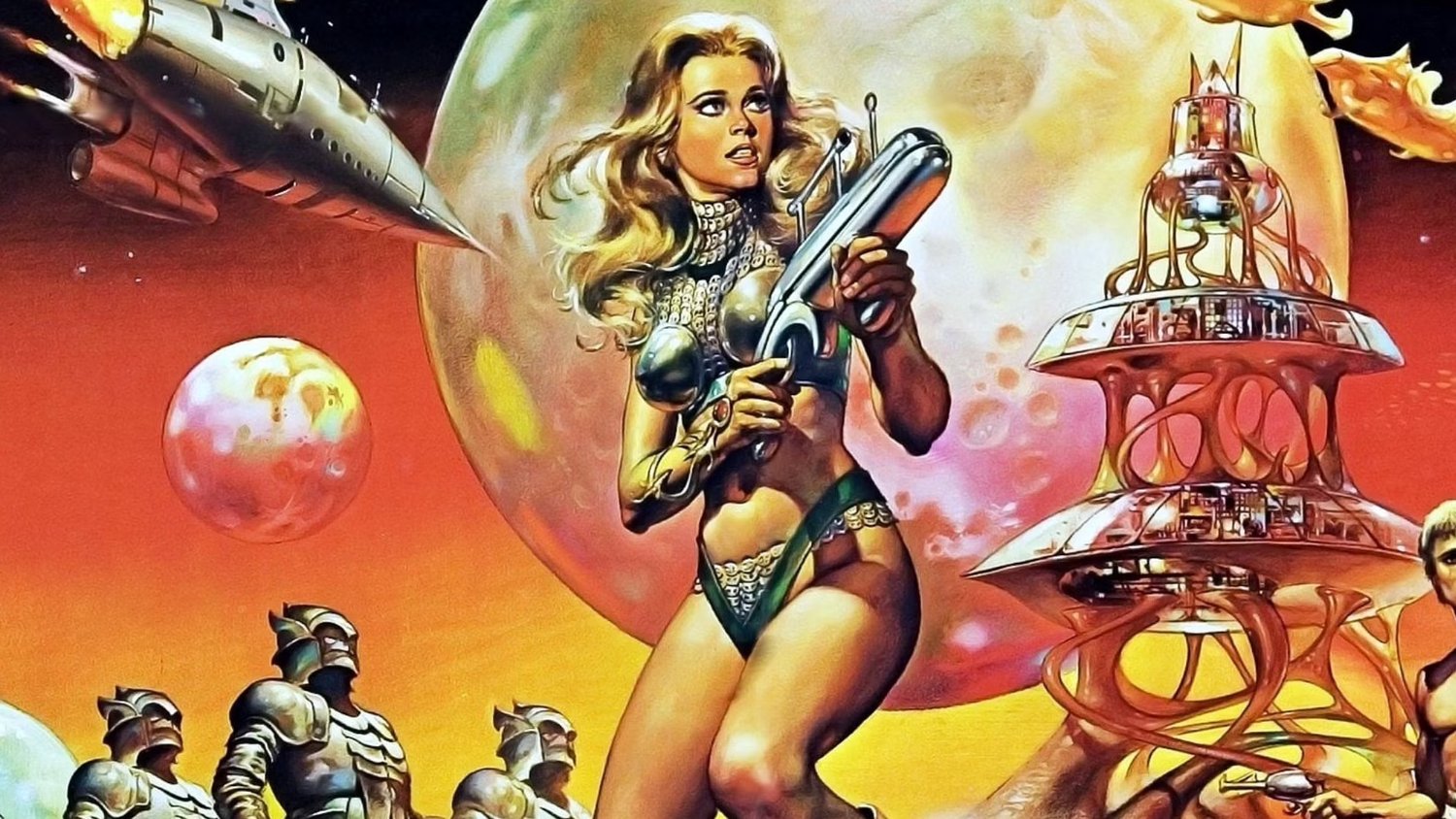












![Odd Couplings [BODY OF EVIDENCE & DAMAGE]](http://2.bp.blogspot.com/_0uQUF0LK0NQ/Svr4k4n2lbI/AAAAAAAAAG8/sKnt2TuDgt4/s320/MADONNA++-++WILLEM+DaFOE.bmp)
![Don’t Look Back [short story]](https://jonathanrosenbaum.net/wp-content/uploads/2011/11/friedrich-mountain-landscape1-300x232.jpg)

